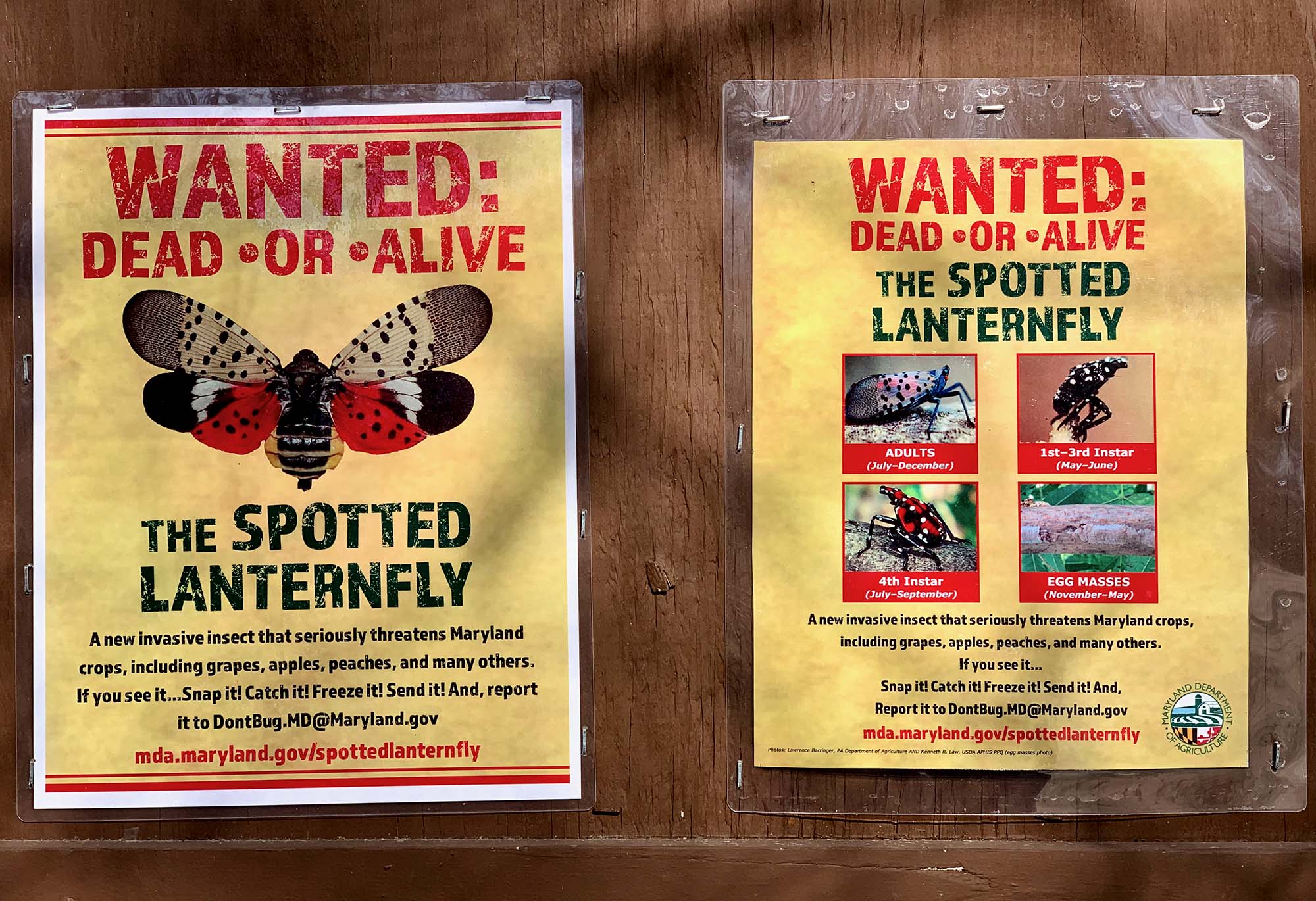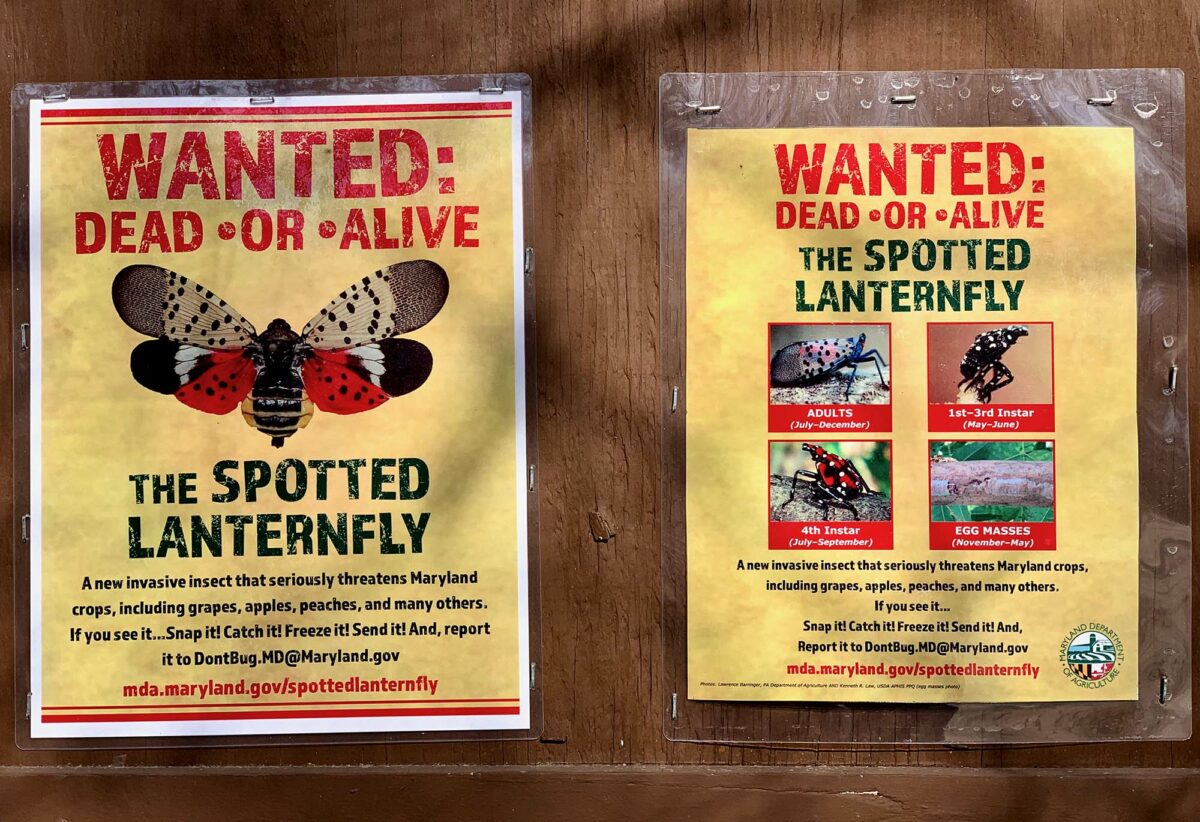Invasive species develop when certain animals and plants run wild in an unfit environment. Here’s what you should know about the troublesome species currently causing issues throughout the United States.
According to the U.S. Geological Survey (USGS), “An invasive species is an introduced, nonnative organism (disease, parasite, plant, or animal) that begins to spread or expand its range from the site of its original introduction and that has the potential to cause harm to the environment, the economy, or to human health.”
Infamous examples of invasive species in the U.S. include kudzu vines sprawling across the South and starlings spreading disease. European starlings (Sturnus vulgaris) in particular have been plaguing several national parks for years.
Learn more about invasive species in the U.S. with this guide to six of the country’s most problematic animals and plants. And if you’re feeling inspired to combat the spread of invasive species, check out these tips from The Nature Conservancy.
Lionfish (Pterois volitans)
Both predatory and invasive, the lionfish has disrupted marine ecosystems in the Atlantic. The USGS claims that the species was likely introduced through the pet trade.

Purple Loosestrife (Lythrum salicaria)
Native to landscapes in Europe and Asia, this purple perennial is a nuisance for states in the Pacific Northwest and New England.

Rock pigeon (Columba livia)
National parks are not fans of this avian critter. According to the National Park Service, these birds harm infrastructure with their droppings and can spread diseases to native birds.

Emerald ash borer (Agrilus planipennis)
Ever been told to only buy and burn local firewood at a campsite? These beetles might be the reason. Emerald ash borers have destroyed many ash trees across the country.

Spotted lanternfly (Lycorma delicatula)
The spotted lanternfly is native to China and feeds on various fruit trees. This species produces a sticky fluid that can cause mold to form on host plants.

Kudzu (Pueraria montana var. lobata)
What makes kudzu such a problem? The main issue with this plant is its fast-growing nature and ability to kill trees and other native plants by blocking out sunlight.

